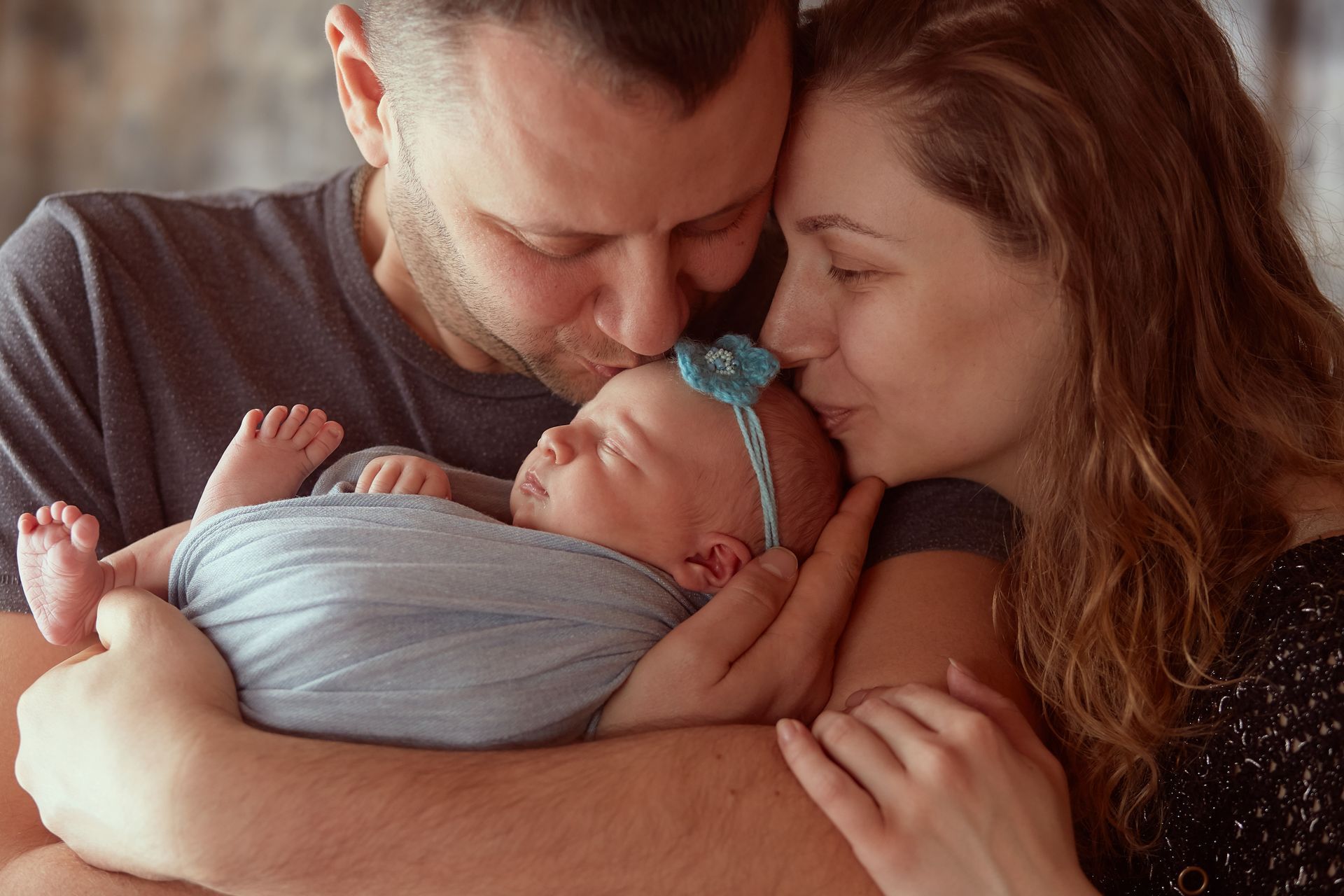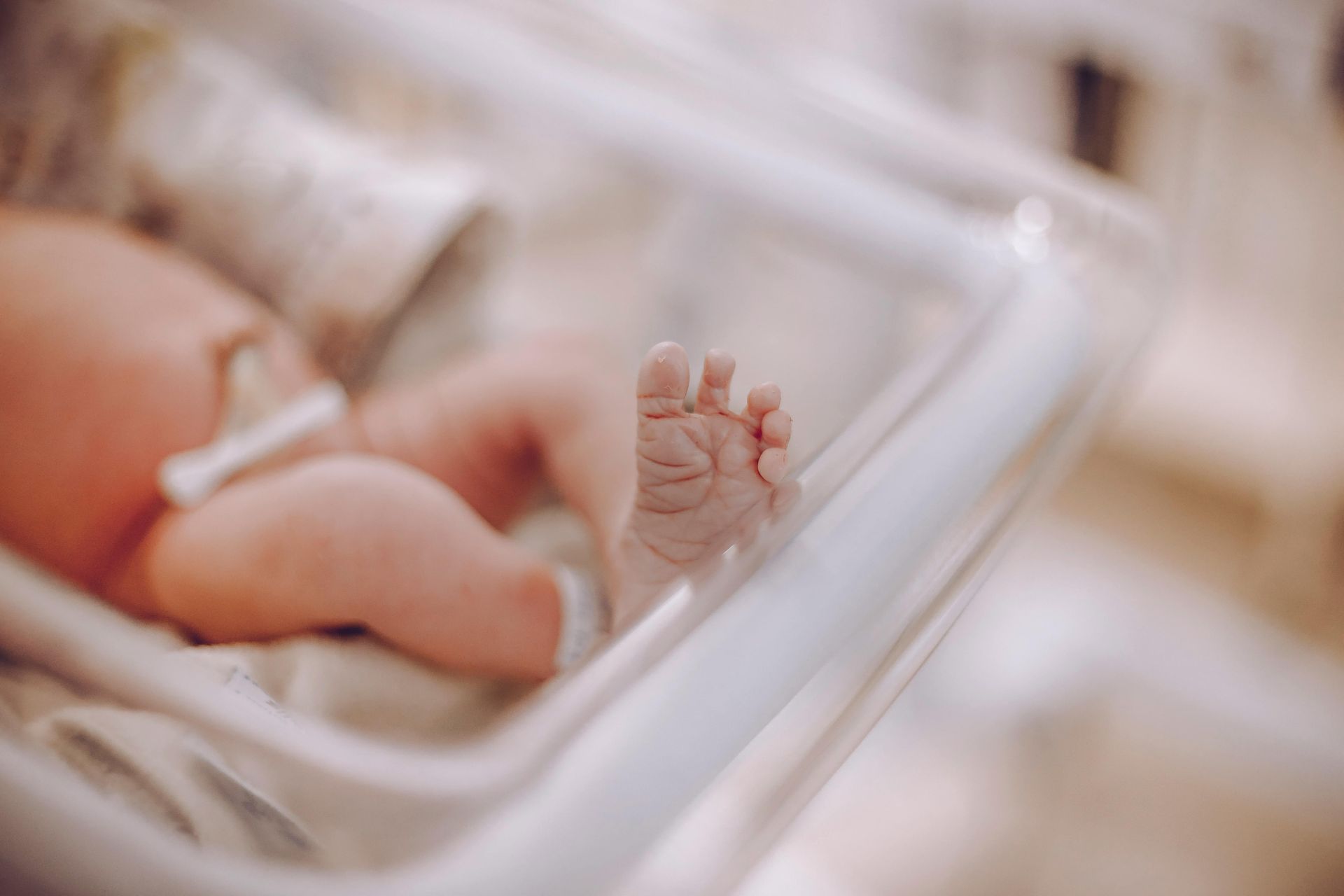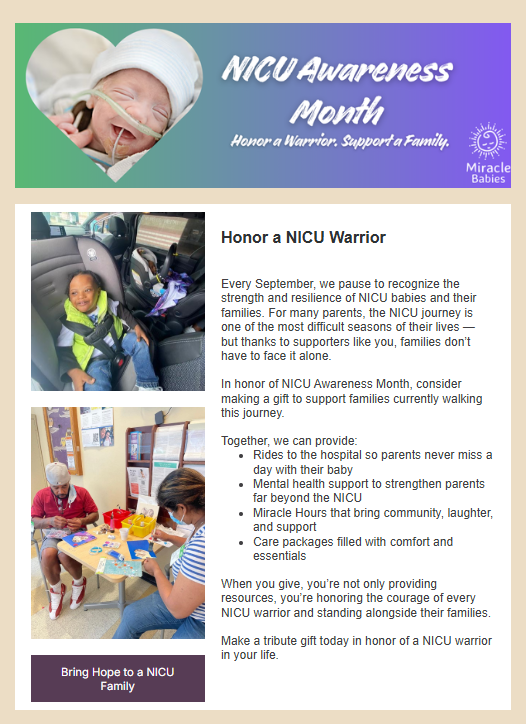Knowledge is Power: Understanding and Reducing the Risk of SIDS
Darian Cooper • October 23, 2025
Raising Awareness, Not Fear
For many parents, the term SIDS (Sudden Infant Death Syndrome) can be deeply unsettling. However, SIDS Awareness Month is not about creating fear; it is about replacing fear with knowledge and confidence. When parents understand the risks and learn practical, evidence-based ways to reduce them, they can feel empowered to take action. Safe sleep is not about achieving perfection; it is about being informed, trusting your instincts, and making choices that work best for your family. Every baby is unique, and you know your child better than anyone. The more you know, the more peace of mind you can have.
1. Place Your Baby on Their Back to Sleep
Research consistently shows that placing a baby on their back for every sleep, both naps and nighttime, significantly reduces the risk of SIDS. This position helps keep their airway clear and supports healthy breathing. Once babies are strong enough to roll on their own, it is safe to let them find a comfortable position, but always begin sleep on their back.
2. Use a Firm, Flat Sleep Surface
A firm, flat surface such as a safety-approved crib or bassinet is one of the most important parts of safe sleep. Avoid soft bedding, pillows, bumpers, or stuffed animals in the crib. While these items may look cozy, they can interfere with airflow and increase the risk of suffocation. A simple sleep space is the safest one.
3. Room-Share Without Bed-Sharing
Keeping your baby close by in your room can offer comfort and make nighttime feedings easier. Room-sharing, rather than bed-sharing, is recommended for at least the first six months. Place your baby’s crib or bassinet near your bed so you can respond quickly to their needs while maintaining a separate, safe sleep space.
4. Dress Baby in Layers or a Sleep Sack
To keep your baby warm without using loose blankets, dress them in layers or use a wearable blanket such as a sleep sack. Choose light, breathable materials and avoid overdressing, which can cause overheating. A general rule is to dress your baby in one more layer than what you would wear for the same temperature.
5. Increase Air Circulation
Good airflow helps regulate your baby’s temperature and creates a safer sleep environment. Using a fan in the room, positioned so that air is circulating but not blowing directly on your baby, can help reduce the risk of SIDS. Even small changes in ventilation can make a difference in comfort and safety.
6. Keep the Environment Smoke-Free
Exposure to smoke during pregnancy and after birth is a major risk factor for SIDS. Creating a smoke-free environment, both at home and in the car, protects your baby’s developing lungs and supports better sleep. This includes avoiding secondhand smoke and vaping near your baby.
Trust Your Intuition
While these safe sleep practices are grounded in research, your instincts as a parent are just as valuable. You know your baby’s needs, patterns, and personality better than anyone else. If something feels off or you have concerns about your baby’s sleep, trust your intuition and consult your pediatrician. Knowledge and intuition together create a strong foundation for your baby’s safety and well-being.
Final Thoughts
SIDS Awareness Month reminds us that prevention begins with understanding. By learning about safe sleep and making small, mindful adjustments, families can take meaningful steps to protect their babies. Knowledge truly is power, and with it comes the confidence to create a safe, nurturing environment where your baby can grow and thrive.
At Miracle Babies, we are committed to supporting families through education, empowerment, and compassionate care every step of the way.




